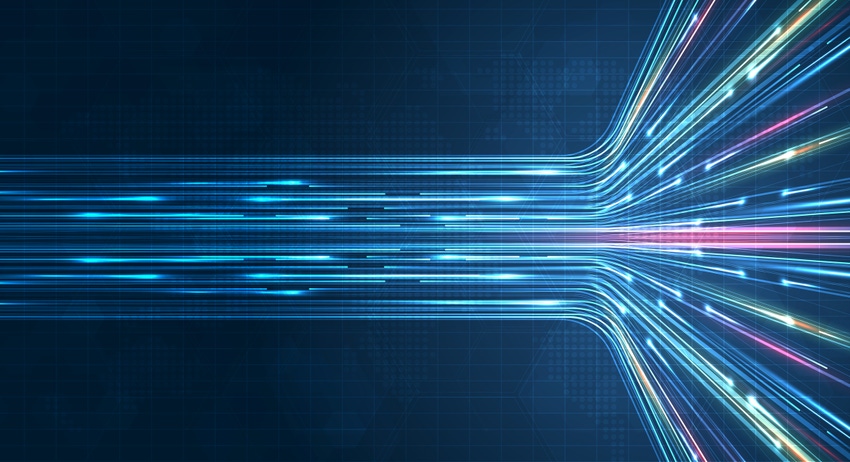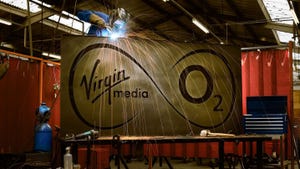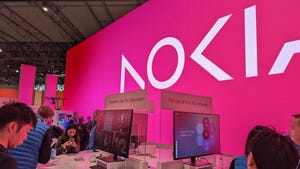Ericsson makes ‘world’s first’ 6CC data call
Kit vendor Ericsson has combined six component carriers to clock a 5G download speed of 5.7Gbps, which is says is a record.
August 18, 2023

Kit vendor Ericsson has combined six component carriers to clock a 5G download speed of 5.7Gbps, which is says is a record.
The data call was achieved in an Ericsson lab using (brace yourselves) three FDD (frequency division duplex) bands combined with three TDD (time division duplex) bands in sub-6GHz, Ericsson RAN Compute hardware, carrier aggregation software, and something called Advanced RAN Coordination functionality.
By combining FDD spectrum with TDD spectrum, more users can benefit from carrier aggregation gains, we’re told. In total 400MHz of bandwidth was aggregated with FDD bandwidths ranging 20MHz to 50MHz to clock the 5.7Gbps throughput.
What’s the point of six-component carrier capability? It allows operators to optimise their use of network and spectrum assets and deliver higher data speeds and capacity that can help downlink-heavy applications, we’re told. ‘This can mean better audio and video quality for streaming users, faster file downloads, and a better working environment for digital nomads,’ explains the release. Better 5G is another way of putting it.
“We are keeping the momentum on carrier aggregation by continuously stretching its potential to boost capacity and speed,” said Sibel Tombaz, Head of Product Line 5G RAN at Ericsson Networks. “Our successful 6CC data call shows how versatile our solution is and that we are poised to work with ecosystem partners to make this new band combination a reality. Our goal, as always, is to help customers meet end users’ growing appetite for high-capacity, ultrahigh-speed 5G.”
“Carrier Aggregation is crucial to getting the best possible 5G performance out of scattered spectrum assets,” Tombaz adds. “And with 6CC, service providers will be able to maximize use of allocated spectrum and optimize the combined bandwidth for superior mobile experience.”
Last week, rival kit vendor Nokia teamed up with TPG and Mediatek to show how carrier aggregation can be used to transmit live 360-degree metaverse broadcasts. The demonstration used a combination of a 15 MHz carrier on the 700 MHz band (n28) and a 90 MHz carrier on the 3.6 GHz band (n78) using carrier aggregation to achieve a peak uplink throughput of 159 Mbps.
And in July T-Mobile rolled out four-carrier aggregation in the US on its 5G standalone (SA) network. There it merged four 5G channels of sub-6 GHz spectrum – two channels of 2.5 GHz Ultra Capacity 5G, one channel of 1900 MHz and one channel of 600 MHz spectrum, designed to provide a boost in performance.
These follow a series of millstones and ‘world’s first’ carrier aggregation trials last year.
Ericsson is calling this one a world’s first too, which it may well be, though it’s a little tricky keeping track of all these technically distinct carrier aggregation lab records being broken – but progress is progress.
Get the latest news straight to your inbox. Register for the Telecoms.com newsletter here.
About the Author(s)
You May Also Like











_1.jpg?width=300&auto=webp&quality=80&disable=upscale)


.png?width=800&auto=webp&quality=80&disable=upscale)